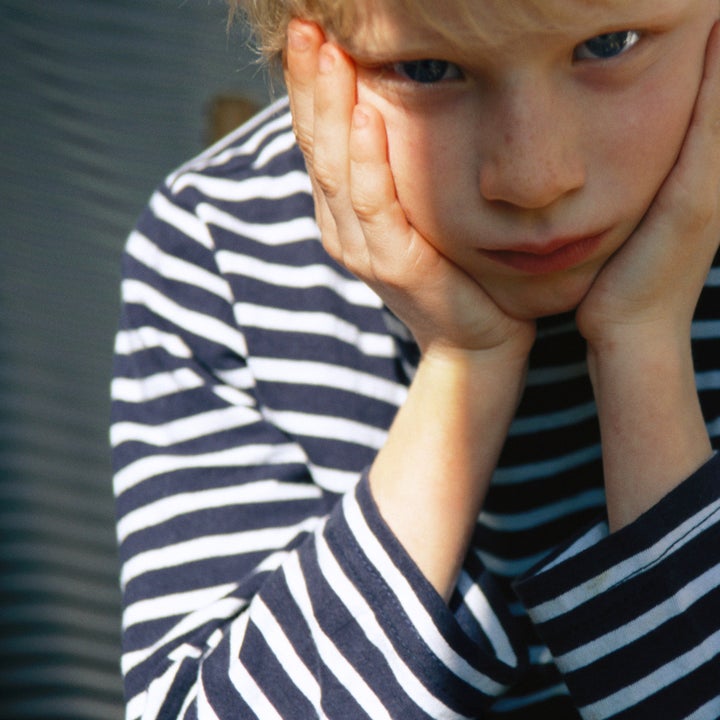
There is widespread agreement that one of the troubling aspects of divorce is the negative effects of parental conflict on children. There has been a steady stream of scientific findings indicating that children whose parents do not resolve their marital conflict have difficulties adjusting. We know much about the conflict from the parents' view, but what about how children view this conflict?
In a recent study conducted in Australia, Jennifer McIntosh, Bruce Smyth, Yvonne Wells, and Caroline Long examined conflict in families in the four years following divorce. There were 133 families who had children ages 6-19 years of age with an average age of 13. All of the families participated in mediation to assist in deciding the parenting arrangements. Overall, these families reported a significant amount of conflict prior to the divorce. At the initial assessment prior to mediation, 59% of the mothers and 42% of the fathers reported high conflict. Additionally, 63% of the mothers and 50% of the fathers did not think very well of the parenting skills of the other parent.
So what did the children make of the conflict and how did this change over the four years of the study? First, on average children reported less conflict over time from prior to the divorce to four years later. Children who saw the least change in conflict and who overall reported the most conflict between their parents were those children in shared parenting arrangements. Over time, children were less distressed about their parents' conflict, but there were still differences among children in different parenting arrangements. Children who had no or little contact with one parent were the most distressed about the parenting arrangement at the time of the divorce, and were still more distressed four years later. Children who were primarily in the care of one parent had the lowest level of distress at the time of the divorce and continued to have the least distress four years later.
Another challenge that children report is the degree to which they feel caught in the middle of their parents' conflicts. This too is often viewed as harmful to children. McIntosh and her colleagues monitored these feelings over time and found that on average, children felt less torn between their parents between the time of the divorce and 4 years later. But these feelings of being caught in the middle varied greatly depending on the parenting arrangement. Children in a parenting arrangement in which one parent was the primary caretaker felt the highest level of being caught in the middle at the time of the divorce, but had the lowest level of these feelings four years later. Children in shared parenting arrangements had a modest level of feelings of being caught in the middle at the initiation of the divorce and these feelings did not change over the 4-year period. Two other groups, those with rare contact with one parent or those children whose parents changed the parenting arrangement also reported significant reductions in being caught in the middle of their parents' conflict.
In order to completely understand the results for the children in shared parenting, it is important to note that the parents who shared parenting included two types of post-divorce families. On the one hand, some of these parents shared parenting in a flexible way, adapting to circumstances and changes in children's needs and the family situation; Others in this group had a rigid shared parenting arrangement that often involved considerable litigation or court supervision. Children reported the most dissatisfaction with the parenting arrangement in the rigid shared parenting situation. These findings remind us of the complexity of understanding the outcomes of divorce and the implications of various types of remedies.